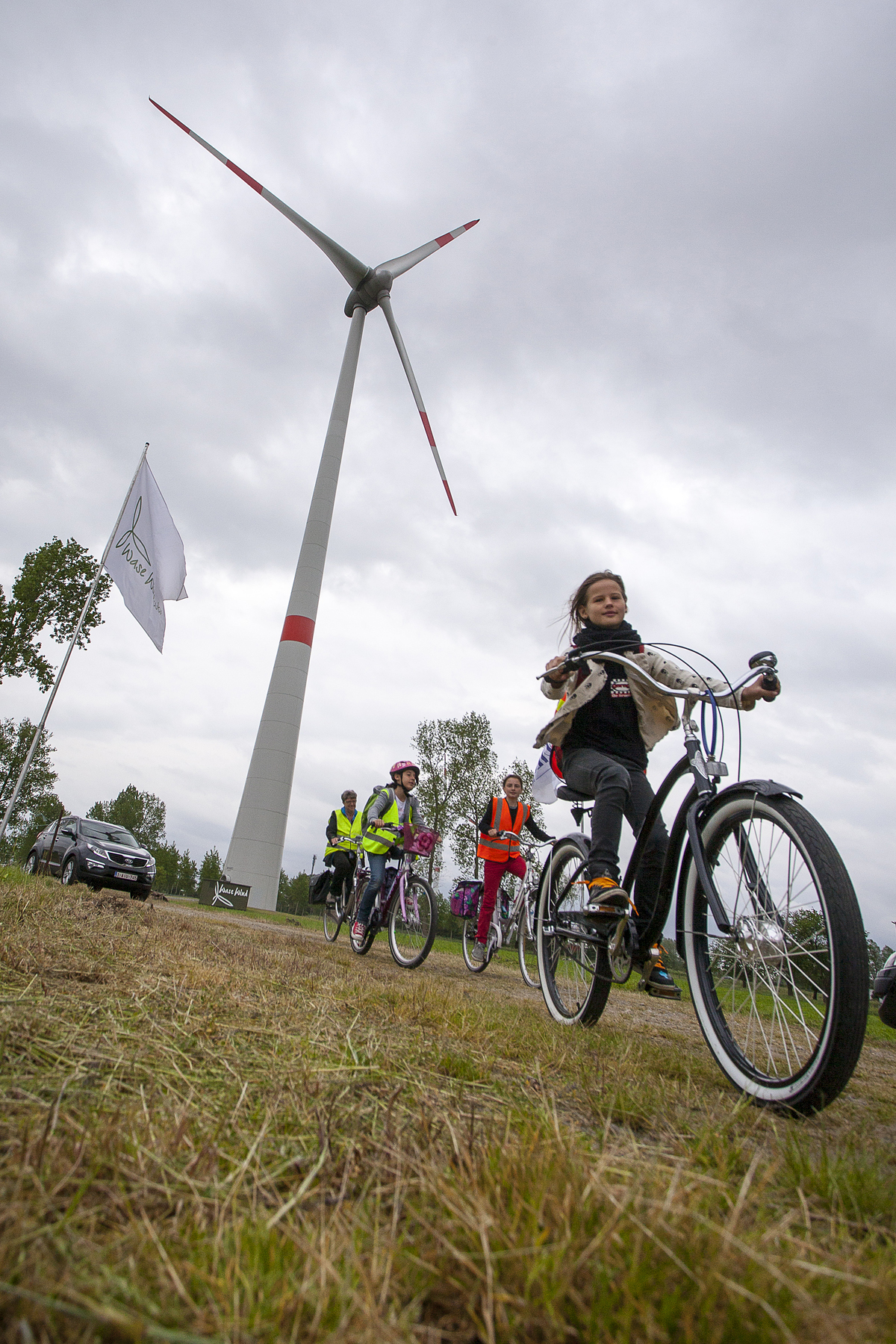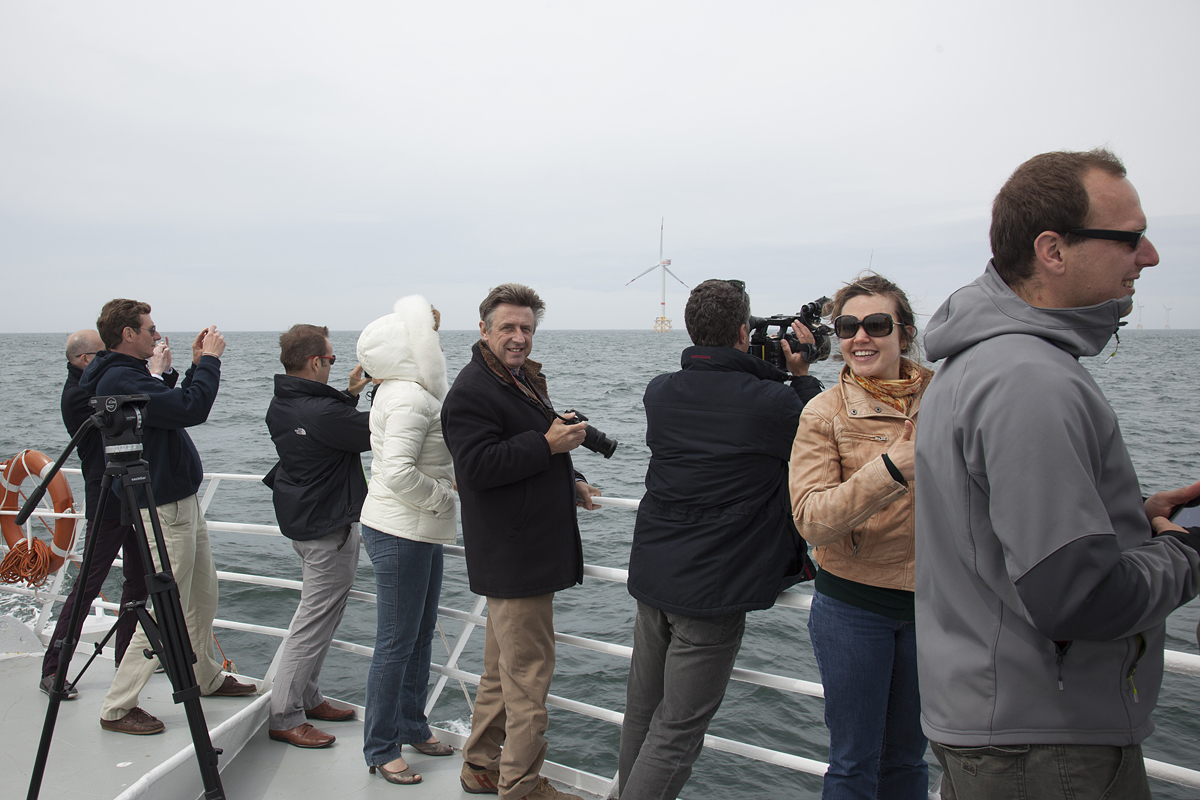 After a meeting last week in Luxembourg, the board of the European Investment Bank (EIB) changed its energy lending policy. The EU’s main lending arm said it would stop financing most coal-fired power stations to help reduce pollution and meet climate targets, and devote 90% of its lending to clean energy.
After a meeting last week in Luxembourg, the board of the European Investment Bank (EIB) changed its energy lending policy. The EU’s main lending arm said it would stop financing most coal-fired power stations to help reduce pollution and meet climate targets, and devote 90% of its lending to clean energy.
In a press release, the EIB says it ‘will focus on financing energy efficiency, renewable energy, energy networks, as well as related research and innovation. These sectors are expected to require the most significant investment in coming years’.
According to the Guardian the EIB has loaned around €11bn ($14.5bn) to fossil fuel-fired plants since 2007, most of it to gas rather than coal, out of its total lending for power of €83bn.
continue reading »
 Growing interest in the rapidly-expanding offshore wind sector took a new twist earlier this week when the website of the influential US magazine Popular Science published an article featuring marine-based wind turbine concepts with “super-chic lofts for employees.”
Growing interest in the rapidly-expanding offshore wind sector took a new twist earlier this week when the website of the influential US magazine Popular Science published an article featuring marine-based wind turbine concepts with “super-chic lofts for employees.”
The article said that a Bulgarian design firm predicts a future in which gigantic offshore wind turbines come equipped with futuristic housing for workers.
“Part of the inspiration for these lofts was a European Wind Energy Association (EWEA) report estimating that by 2030, there will be over 300,000 jobs in offshore wind power,” the article said.
In fact, the European wind industry faces a severe skills shortage of around 7,000 appropriately qualified staff per year. This shortfall could climb to 15,000 by 2030 — nearly 2% of the entire wind industry workforce — if numbers of suitable workers don’t increase.
continue reading »
 The release of EWEA’s offshore statistics for the first half of 2013 generated a lot of column inches around the world. The headlines were generally positive, reporting on the 277 offshore wind turbines newly grid connected in the first six months of this year. But the articles did not shy away from reporting on the warning signs evident in the sector, where financing of new projects has slowed down to a crawl.
The release of EWEA’s offshore statistics for the first half of 2013 generated a lot of column inches around the world. The headlines were generally positive, reporting on the 277 offshore wind turbines newly grid connected in the first six months of this year. But the articles did not shy away from reporting on the warning signs evident in the sector, where financing of new projects has slowed down to a crawl.
Many reports focused on the details of new offshore capacity, compared with the same period last year. The first half of 2012 saw around 500 MW installed, so this year’s 1,045MW was a doubling of that figure. The total offshore capacity installed last year, at 1.2GW, has almost been surpassed in the first six months of this year, bringing the overall offshore capacity in Europe to 6.04GW across 58 wind farms in ten countries.
continue reading »

The London Array, located in the Thames Estuary
The world’s largest offshore wind farm was opened last week in the Thames Estuary.
British Prime Minister David Cameron was among the dignitaries present at the inauguration of the 630 MW London Array last week.
Enthusiastically endorsing the first phase of the London Array, Cameron said the massive offshore wind farm represented a major win for renewable energy.
continue reading »
Of the 200 events worldwide for Global Wind Day 2013, some were organised close enough to Brussels that European Wind Energy Association staff were able to visit. The wind farm WaseWind, close to Antwerp was one such location. There they met hordes of local school kids and their teachers, who had cycled there to inspect the turbines for themselves.
WaseWind’s motto is ‘Samen WaseWind oogsten’ which means ‘harvesting the wind together in the Wase region’. That motto shapes the company’s structure and daily work as a cooperative wind farm: only local citizens can buy shares, and only as many as they need for their own supply. Christa Schaut from WaseWind explained that currently, over 1,600 people in the region own shares – and profit from them with lower bills on electricity. A small group started off the project in 2002, managing to get all necessary permits for construction starting in 2005. Since then, WaseWind has expanded several times, always triggering a lot of interest in shares.
continue reading »
 After a meeting last week in Luxembourg, the board of the European Investment Bank (EIB) changed its energy lending policy. The EU’s main lending arm said it would stop financing most coal-fired power stations to help reduce pollution and meet climate targets, and devote 90% of its lending to clean energy.
After a meeting last week in Luxembourg, the board of the European Investment Bank (EIB) changed its energy lending policy. The EU’s main lending arm said it would stop financing most coal-fired power stations to help reduce pollution and meet climate targets, and devote 90% of its lending to clean energy.


























